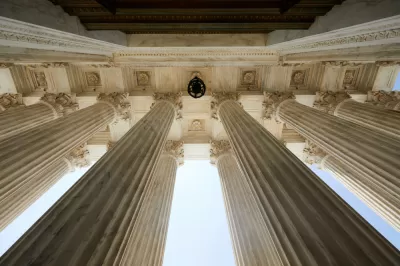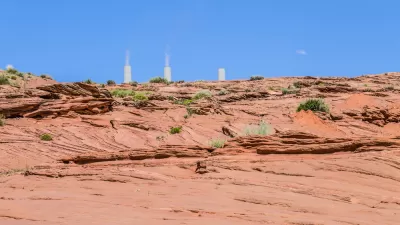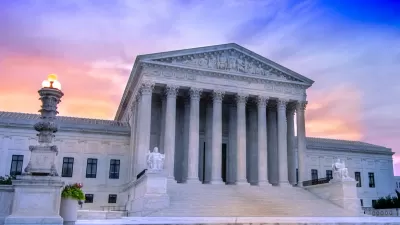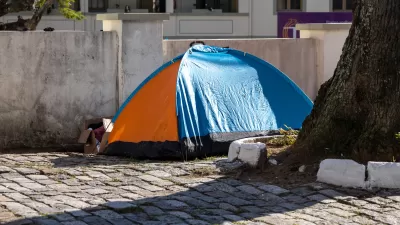By overturning the Chevron doctrine, the Supreme Court stripped federal agencies like the EPA of final say when interpreting ambiguous legislative policies, leaving future decisions up to judges.

According to an article from Grist, “The Supreme Court on Friday threw into question the future of climate and environmental regulation in the United States, scrapping a decades-old legal precedent that gave federal agencies leeway to interpret laws according to their expertise and scientific evidence.” Legal experts say the decision, which overturns the “Chevron deference” could lead to an increase in legal challenges against federal agency regulations that keep our land, water, and air clean, and mitigate climate change.
Grist reporters Jake Bittle and Zoya Teirstein write, “Federal courts have long deferred to federal agencies to interpret laws that are unclear and need further clarification. In 1984, a shorthanded Supreme Court ruled in a unanimous decision that federal agencies have the final say on ambiguous policies, which allowed those agencies broad authority to make decisions without fear of judicial override.” The Supreme Court’s recent decision revokes that authority and instead will leave decisions up to judges, who do not have the breadth of financial, scientific, and safety expertise that federal agencies have.
The Grist article delves deeper into the Court’s opinions, but broadly, the Court’s majority opinion (6-3) felt the Chevron deference stripped courts of judicial power and permitted overreach by the executive branch, while dissenting justices say that authority was crucial to protect the environment, public health, and economy and that, without it, the Supreme Court will now function as the “country’s administrative czar.”
“What’s at stake [in the decision] is whether courts are going to defer to agencies interpreting statutes or whether courts are going to stop doing that, and with more regularity take it on themselves to interpret the statutes even when they’re ambiguous, which means they may be in the position of making more policy choices,” Michael Burger, the director of the Sabin Center for Climate Change Law at Columbia University, told Grist.
FULL STORY: The Supreme Court overturns Chevron doctrine, gutting federal environmental protections

Study: Maui’s Plan to Convert Vacation Rentals to Long-Term Housing Could Cause Nearly $1 Billion Economic Loss
The plan would reduce visitor accommodation by 25,% resulting in 1,900 jobs lost.

North Texas Transit Leaders Tout Benefits of TOD for Growing Region
At a summit focused on transit-oriented development, policymakers discussed how North Texas’ expanded light rail system can serve as a tool for economic growth.

Why Should We Subsidize Public Transportation?
Many public transit agencies face financial stress due to rising costs, declining fare revenue, and declining subsidies. Transit advocates must provide a strong business case for increasing public transit funding.

How to Make US Trains Faster
Changes to boarding platforms and a switch to electric trains could improve U.S. passenger rail service without the added cost of high-speed rail.

Columbia’s Revitalized ‘Loop’ Is a Hub for Local Entrepreneurs
A focus on small businesses is helping a commercial corridor in Columbia, Missouri thrive.

Invasive Insect Threatens Minnesota’s Ash Forests
The Emerald Ash Borer is a rapidly spreading invasive pest threatening Minnesota’s ash trees, and homeowners are encouraged to plant diverse replacement species, avoid moving ash firewood, and monitor for signs of infestation.
Urban Design for Planners 1: Software Tools
This six-course series explores essential urban design concepts using open source software and equips planners with the tools they need to participate fully in the urban design process.
Planning for Universal Design
Learn the tools for implementing Universal Design in planning regulations.
City of Santa Clarita
Ascent Environmental
Institute for Housing and Urban Development Studies (IHS)
City of Grandview
Harvard GSD Executive Education
Toledo-Lucas County Plan Commissions
Salt Lake City
NYU Wagner Graduate School of Public Service





























